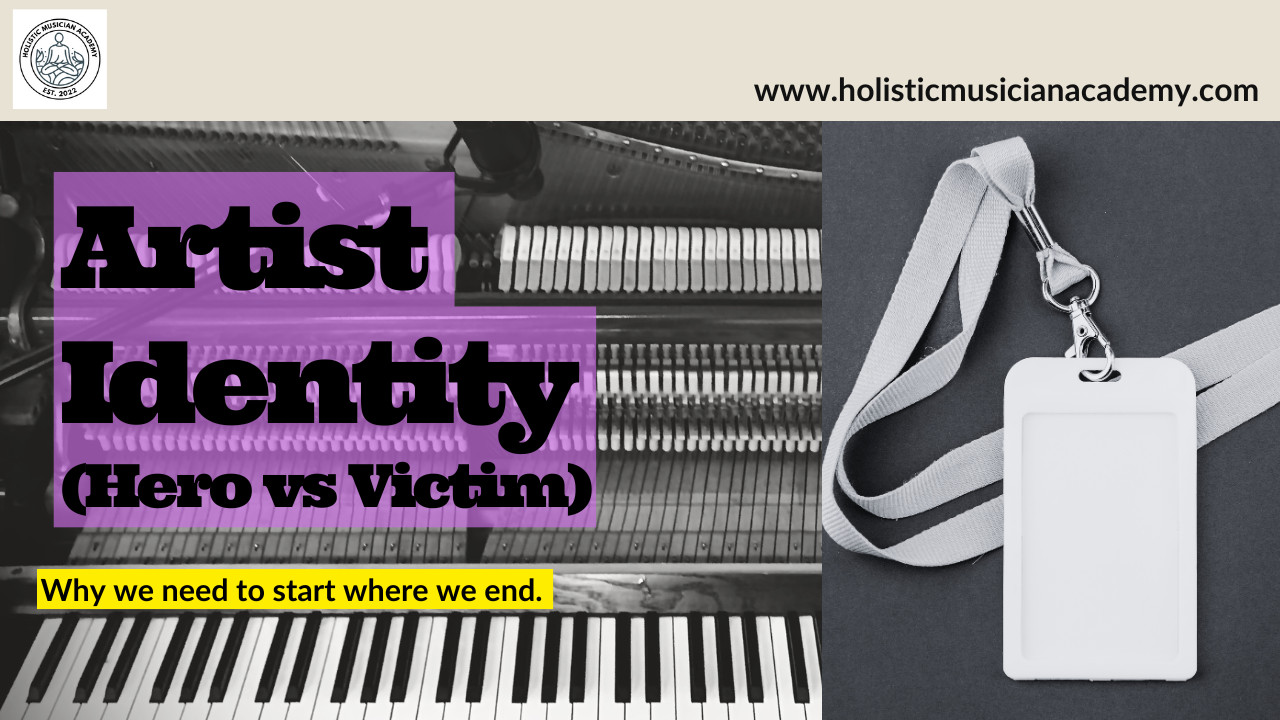
I’ve been thinking about identity longer than I’ve been thinking about “career.”
Third-culture kids don’t get to postpone that question. Growing up on 4 countries, 3 continents, 'fitting in' was a survival tactic at best for me.
Being an 'alternative-jazz singer-songwriter/producer hasn't been the easiest 'label' to own either.
So identity, for me, wasn’t a branding exercise. It was an everyday negotiation with self.
Only recently did I realize how directly that lifelong puzzle maps onto artistic practice—and how often we treat identity like a luxury. Something we’ll figure out after the songs, after the releases, after the numbers.
By then, many of us are already stuck in an image or audience that doesn’t fit. What should’ve been step one becomes damage control.
This is my love letter and warning label, rolled into one: start with identity.
Why Artists Leave Identity for Last (and Why It Backfires)
Early on, it’s all craft and survival—learn, make, release, repeat. Somewhere along the way, the feed gets louder than the page, the stage, the studio.
If you haven’t rooted into who you’re becoming through your work, other forces will define you: algorithms, labels, even well-meaning friends. And the mismatch isn’t neutral; it’s corrosive.
When the self you perform diverges from the self who creates, motivation and well-being suffer. You can feel “successful” and hollow at the same time.
I’ve been there. I said yes to “strategic” collaborations where my voice got sanded down. I tried generic online playbooks that made numbers go up while something inside me went quiet. Each time, the discomfort traced back to identity displacement—outsourcing my inner compass to external noise.
The Hero’s Journey—Used Wisely (Not as a Costume)
In his book The Hero with a Thousand Faces (1949), Joseph Campbell traces variations of the hero’s journey, framing it as a metaphor that operates not only in individual lives but across entire cultures. The book has profoundly shaped generations of artists, from the Abstract Expressionists of the 1950s to contemporary filmmakers and storytellers.
Everyone loves the Hero’s Journey. It’s a gorgeous map: departure, trials, transformation, return with the elixir.
The trouble is when artists perform the hero instead of living the arc.
- Performative Arrival: “I overcame; now watch me shine.” That can read as aloof or untouchable.
- Performative Journey: “I’m still suffering; please root for me.” That can calcify into a professional underdog persona.
Both are costumes. Both reduce you.
The deeper move is the Return: you integrate what the journey taught and bring back something of use—craft, care, a clearer voice. Not triumphalism. Not martyrdom. Integration. The hero isn’t the one who posts the sword; it’s the one who returns useful, human, changed.
The Victim/Hero Polarity (and the Middle Path Artists Actually Need)
This polarity shows up every day online:
- Lean too far into hero and you risk drifting into superiority theatre—people respect you but don’t feel you.
- Lean too far into victim and you risk building an audience for your wounds rather than your work—people feel you but don’t respect your boundaries.
The middle path isn’t a PR trick; it’s a practice: wounded → aware → responsible → generous.
Name the trials without turning them into your identity. Share the growth without pretending you’ve “arrived.” Hold both truths at once.
A Few Lived Moments (So You Know I’m Not Preaching from a Podium)
- Years ago I walked away from a secure, government music-teaching post in Germany—one of the safest gigs a musician can have—because my identity as an artist and as a son needed space. I was transitioning into sole caregiving for my mum across borders, and I wanted to keep touring while making my teaching accessible globally. That’s how my digital coaching began: not as a funnel, but as a way to keep my practice honest, human, and available. Identity—not “opportunity”—made the decision.
- I’ve released work that ticked every “smart” box except the one that matters: is this me? Those releases taught me that being temporarily misunderstood costs less than being permanently misrepresented.
- I’ve also been wrong. I’ve clung to an older version of myself out of fear. Identity isn’t a fixed point; it’s a rhythm of shedding and returning.
Case Patterns (Composite—but Painfully Real)
1) The Viral Detour
A songwriter leans into comedy skits “to feed the algo.” Follows explode; songs don’t. Now there are two audiences with conflicting expectations. She hits pause to rebuild a music-first relationship from the ground up.
A songwriter leans into comedy skits “to feed the algo.” Follows explode; songs don’t. Now there are two audiences with conflicting expectations. She hits pause to rebuild a music-first relationship from the ground up.
2) The Lifestyle Cage
A band niches into a pristine lifestyle aesthetic. It works until the next record turns darker and truer. The followers were there for the pantry, not the poetry.
A band niches into a pristine lifestyle aesthetic. It works until the next record turns darker and truer. The followers were there for the pantry, not the poetry.
3) The Pseudo-Mentor Trap
A pianist buys a high-ticket “six-figure launch” from a generic guru. That model sells problem-solving packages; art creates meaning and belonging. He burns cash and months, then quietly returns to cultivating patrons and collaborators—human first, transactional second.
A pianist buys a high-ticket “six-figure launch” from a generic guru. That model sells problem-solving packages; art creates meaning and belonging. He burns cash and months, then quietly returns to cultivating patrons and collaborators—human first, transactional second.
4) The Outrage Dividend
A producer “speaks his truth” in an outrage-optimized format. Attention spikes; invitations drop. Not for the opinion—but for the signal that working with him might come with collateral heat.
A producer “speaks his truth” in an outrage-optimized format. Attention spikes; invitations drop. Not for the opinion—but for the signal that working with him might come with collateral heat.
What Identity Actually Is (for Artists)
Not your logo. Not your “niche.”
Identity is the living answer to a handful of questions you revisit for life:
- What conversation is my work here to have with the world?
- What values won’t I trade for reach—even if it slows me down?
- What through-line of self shows up no matter the genre, collaborator, or instrument?
- What rituals and environments keep me honest and brave?
- What stays sacred (off-feed) so the on-stage self has somewhere real to return to?
Do this privately first. Publish later. Your career should radiate from a center—not search for one.
Gentle Practices to Re-Anchor (No “Hacks”)
- Seven days of unshared making. No cameras. No “behind the scenes.” Let the work hear itself again.
- Origin audit. Write down the earliest moments you knew. What textures, values, and questions were present then? Which are still alive? What needs inviting back?
- Return with something usable. After every “win” or “wound,” ask, What did this teach me that I can bring back to my people?
- Name your non-negotiables. Post-frequency is negotiable. The integrity of your lyric isn’t.
- Hold the polarity. When sharing, check: am I cosplaying hero or victim? If yes, revise toward integrated human.
Closing
If you don’t define your identity, the industry will issue you one—easy to sell, hard to live inside.
The work is to become the person your art has been trying to make you. Not perform the hero. Not perform the wound. Return with the elixir and keep going.
Start with identity. Not because it’s tidy, but because it’s the only way to stay whole.
References
- Campbell, J. (1949). The Hero with a Thousand Faces. Princeton University Press.
- McAdams, D. P. (2001). The psychology of life stories. Review of General Psychology, 5(2), 100–122.
- Deci, E. L., & Ryan, R. M. (2000). The “what” and “why” of goal pursuits. Psychological Inquiry, 11(4), 227–268.
- Sheldon, K. M., & Elliot, A. J. (1999). Goal striving, need satisfaction, and longitudinal well-being. Journal of Personality and Social Psychology, 76(3), 482–497.
- Marcia, J. E. (1966). Development and validation of ego-identity status. Journal of Personality and Social Psychology, 3(5), 551–558.
- Oyserman, D. (2009). Identity-based motivation and consumer behavior. Journal of Consumer Psychology, 19(3), 276–279.
- Goffman, E. (1959). The Presentation of Self in Everyday Life. Anchor.
Join my free training.
Artist Mindmap 2.0 is a reimagined 6-day email mini-course designed for serious, sensitive, and soulful artists who want more than
surface-level hacks.
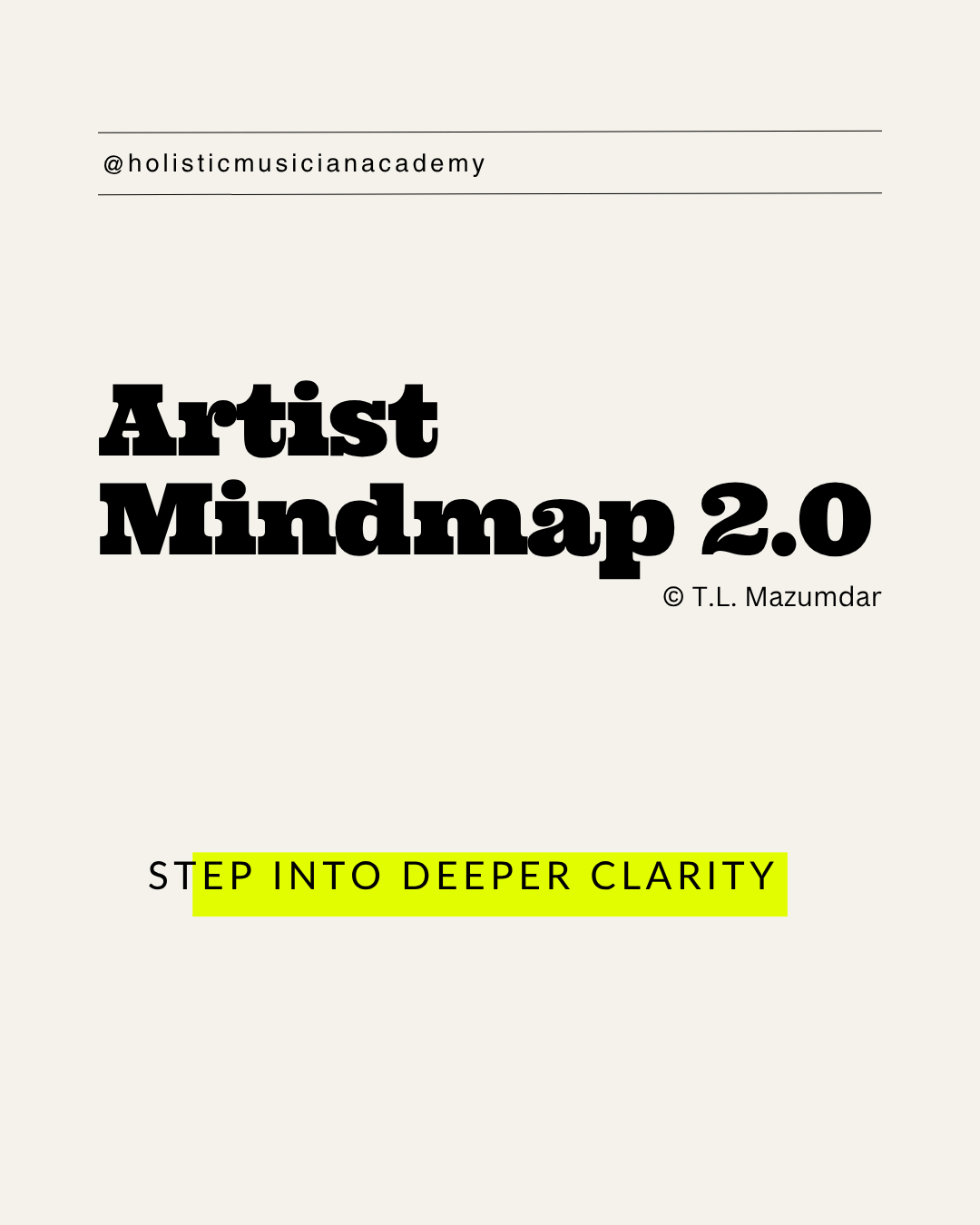

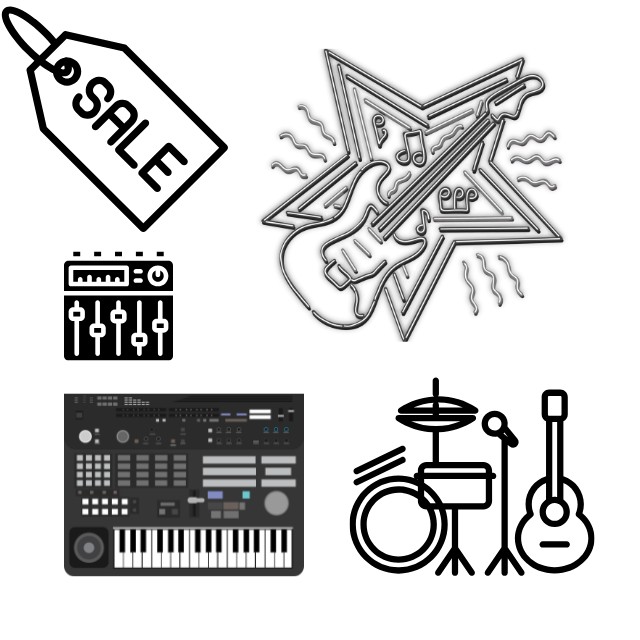

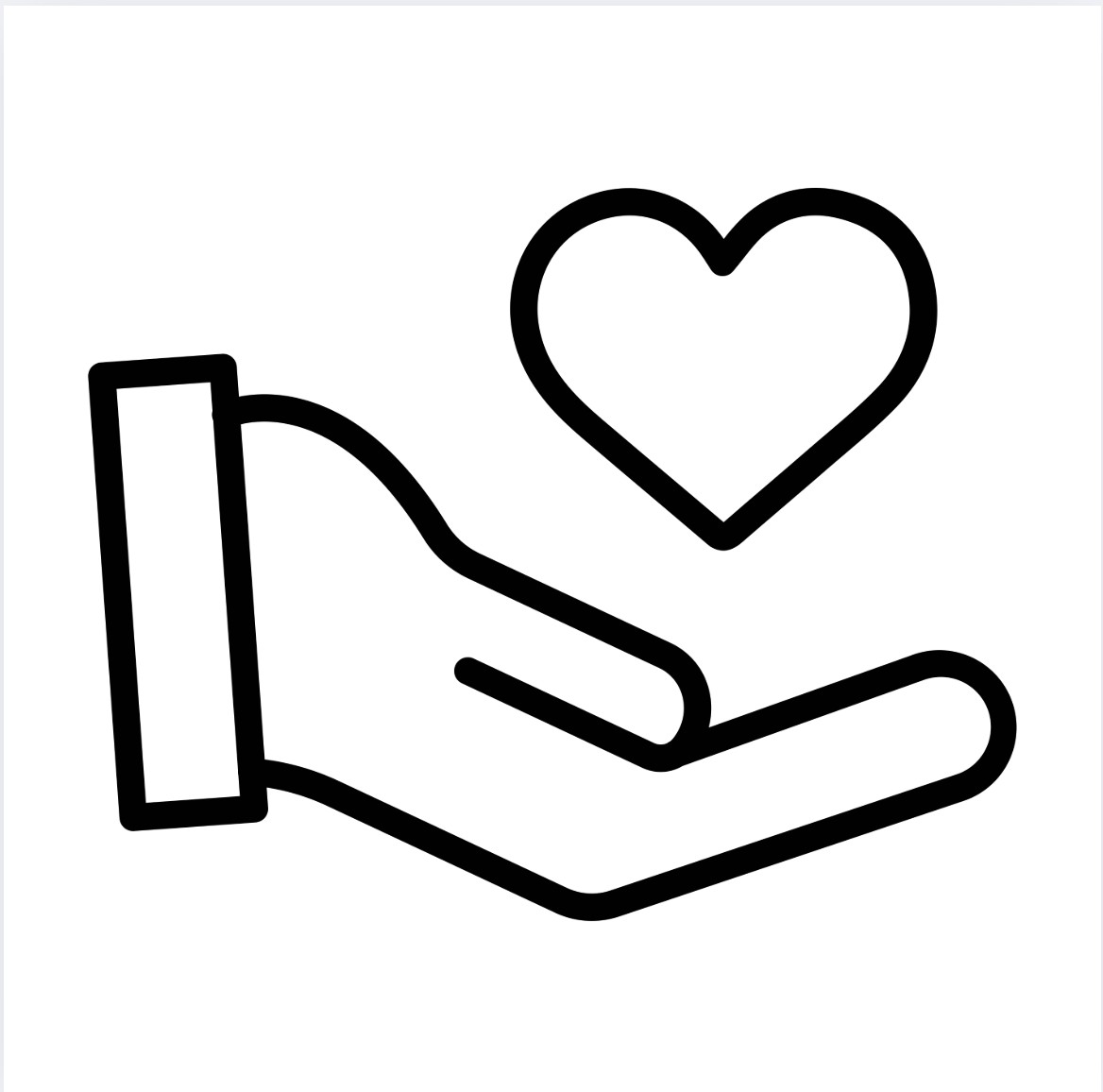
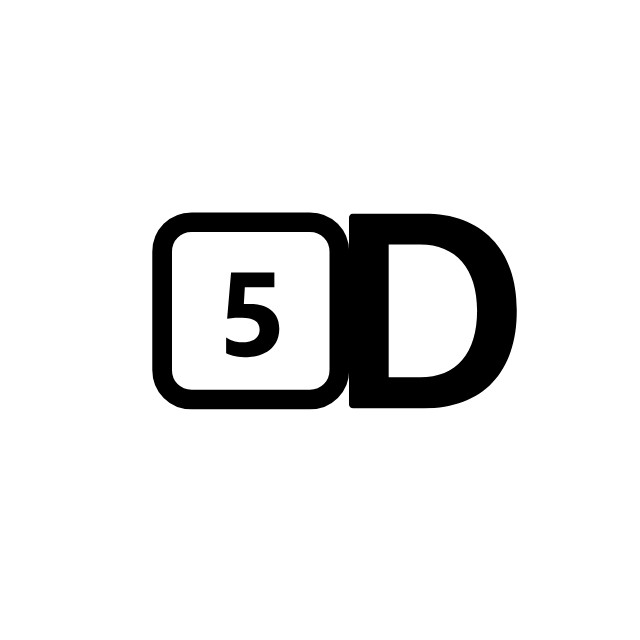
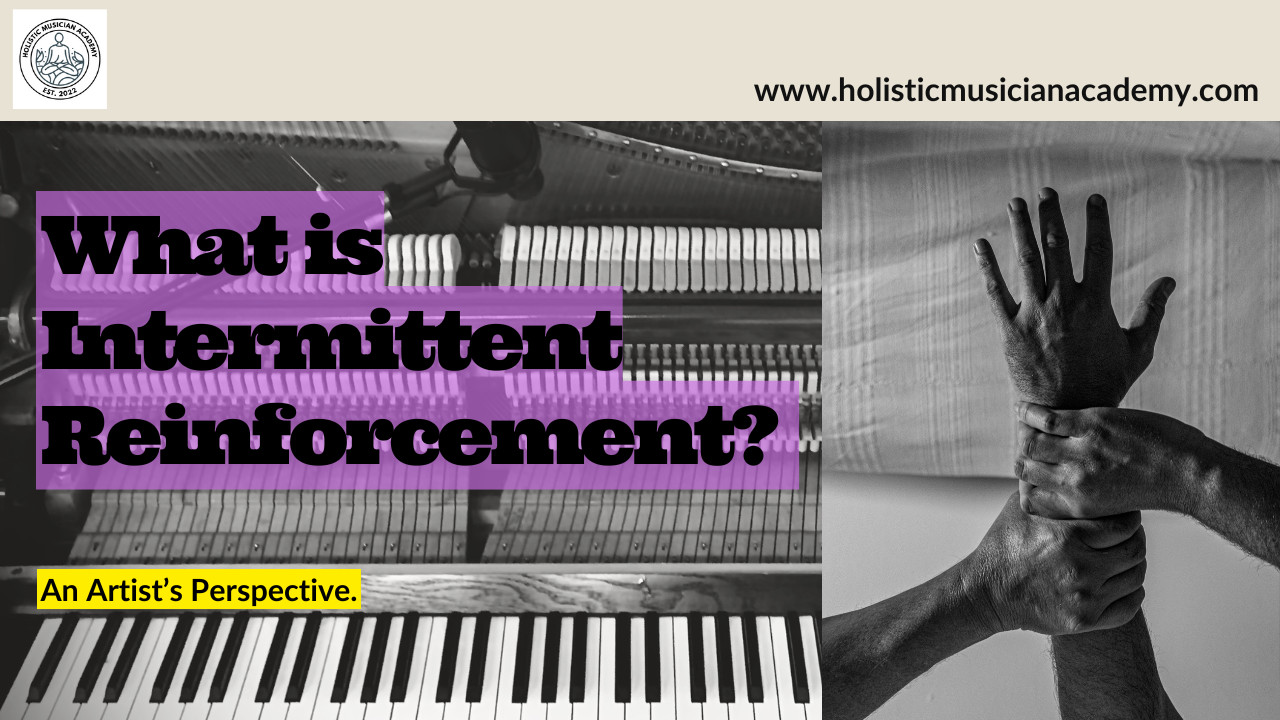
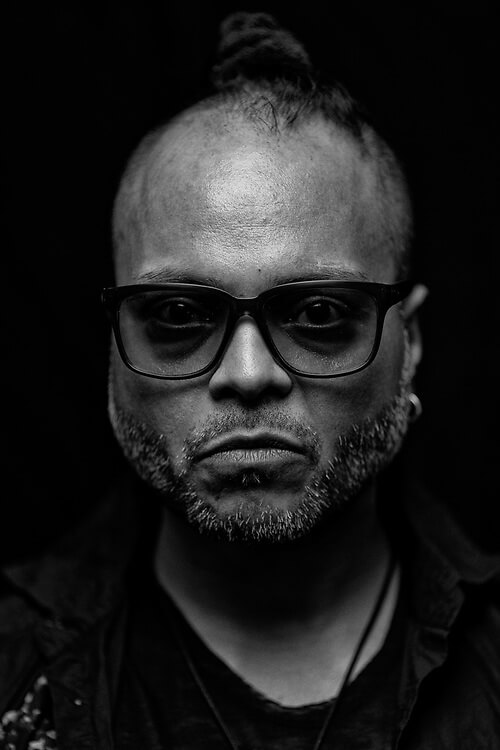
0 Comments